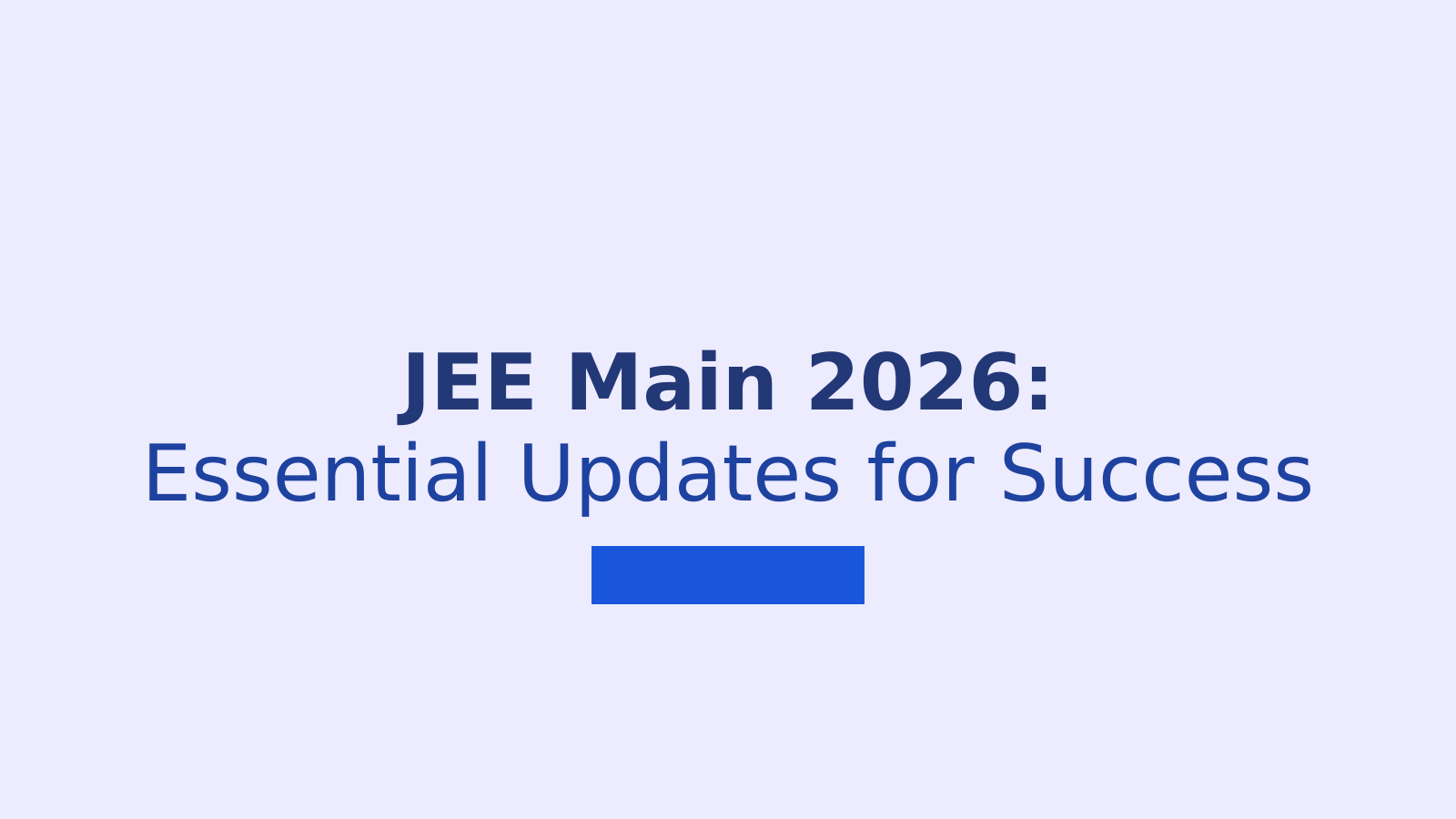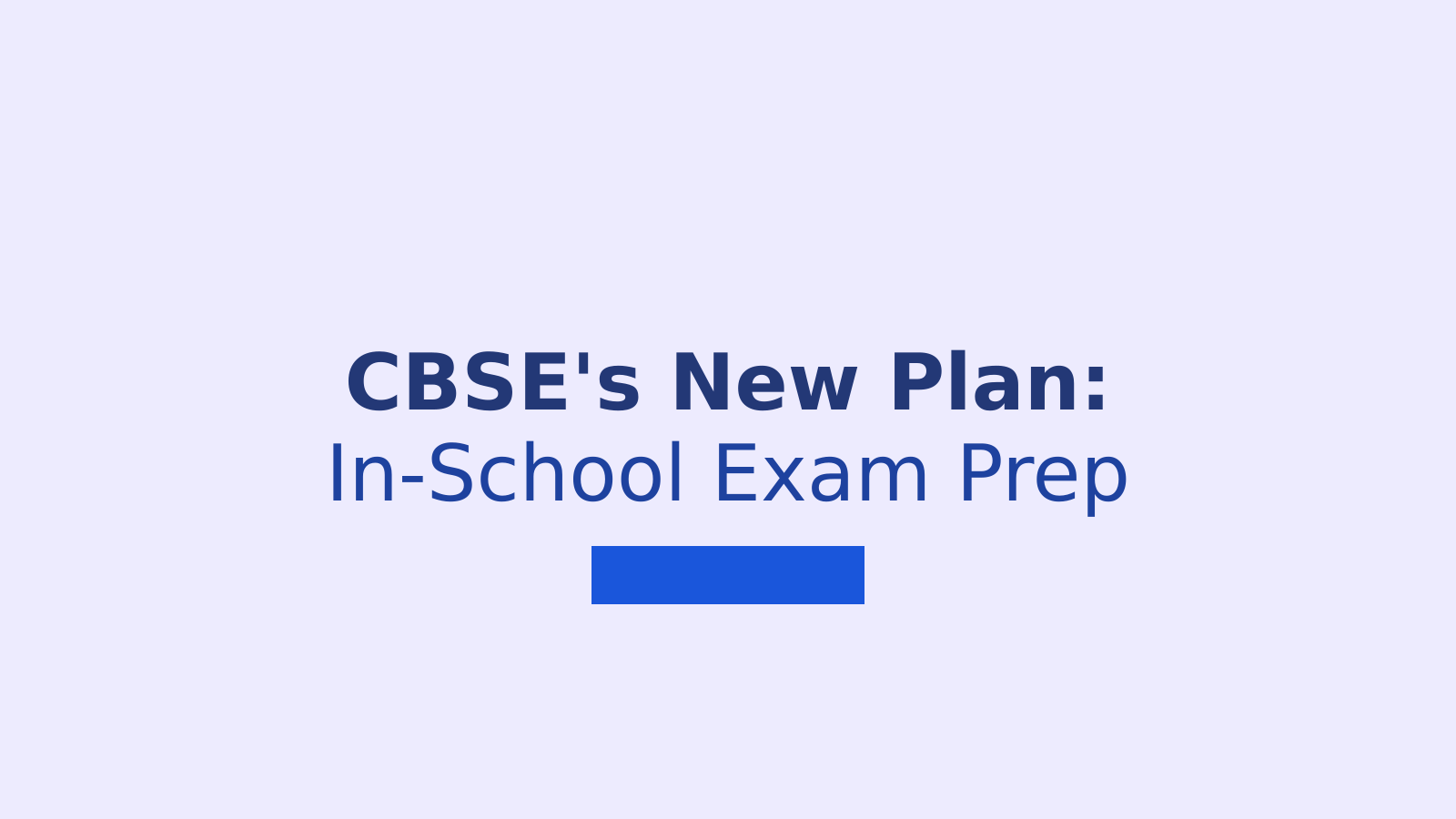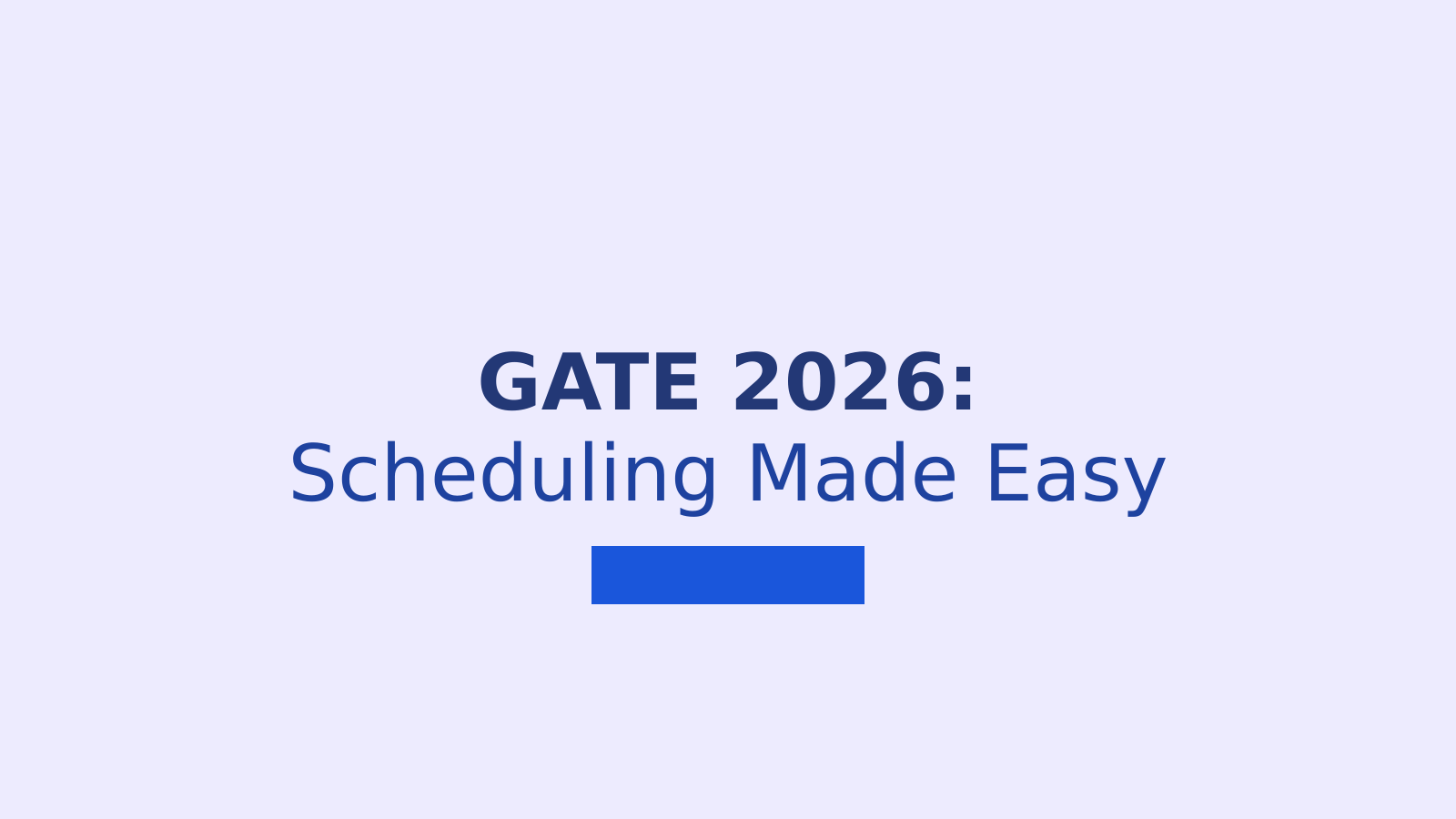When you first look at the RBI Grade B syllabus, it can feel like a mountain. It is dense, scattered, and full of things you’ve never studied before. Economics? ESI? Finance? Reports? It seems overwhelming. And like most beginners, your first instinct might be to throw money at the problem and buy books, enroll in crash courses, subscribe to test series, and so on.
But the truth is that you don’t need to spend a fortune to prepare well.
In fact, many toppers begin their RBI journey using completely free tools. The difference is, they know where to look and how to use what’s already available out there. And you’re about to find out how to do exactly that.
This list isn’t about random YouTube channels or just PDFs floating around. These are value-packed, free resources that help you understand concepts, stay updated, practice smart, and revise well and all this without burning a hole in your pocket.
Use them right, and your RBI Grade B prep will never feel directionless again.

1. RBI Website — Your First Textbook
Yes, it looks plain. Yes, it may not be beginner-friendly. But it’s gold.
The RBI website is where you’ll find authentic content straight from the source including circulars, notifications, speeches, press releases, and annual reports.
Don’t try to read everything. Instead, start by exploring:
- RBI Functions
- Monetary Policy documents
- Annual Reports (with summaries)
- Financial Stability Reports
Toppers don’t read all 300 pages. They learn to scan, skim, and pick what matters and that’s a skill worth building.
2. PIB – Press Information Bureau
A must for Phase 2, PIB is where government schemes, initiatives, and updates are published officially. It may be hard to understand at first, but the key is consistency.
Keep 15–20 minutes a day to read the latest releases.
Focus on:
- New schemes
- Government initiatives in social sectors
- Budget and Economic Survey highlights
Trust me, your ESI notes will be richer than any coaching material.
3. Monthly Government Reports & Summaries
If you're looking for reliable, exam-relevant coverage of current affairs, especially for ESI, then monthly government reports and curated summaries are your go-to resource.
Focus on:
- Yojana and Kurukshetra magazines (available free on the official websites)
- Economic Survey and Union Budget highlights from official sites
The language might be a bit formal at first, but the insights are gold. Skim, pick relevant parts, and make short notes topic-wise. These documents are rich in authentic data and real-world examples, exactly what you need to stand out in descriptive answers.
4. NCERTs for Economic Clarity
If you're from a non-economics background, chances are you find terms like GDP deflator, monetary policy transmission, or fiscal deficit intimidating. This is where NCERT Economics (Class 11 & 12) books come into picture and they’re totally free on the official NCERT website.
These books are simple, visual, and concept-driven, great for building Phase 2 fundamentals in a way that actually sticks.
You don’t need to study every chapter. Focus on:
- Money & Banking
- Government Budgeting
- Economic Development
Sometimes, clearing RBI Grade B isn’t about studying more, it’s about starting from the basics.
5. YouTube Channels (but curated)
YouTube can either guide you or confuse you – it depends on what you choose to watch. Instead of binging random playlists, follow only 1-2 reliable educators or channels.
Look for:
- Monthly RBI circular summaries
- Economic survey and budget breakdowns
- MCQ-based current affairs quizzes
Pro tip: don’t multitask while watching. Watch less, absorb more.
6. Mock Test Platforms with Free Tests
Many coaching institutes provide a few free full-length mocks for students to practice from. Use them to:
- Check your current level
- Understand paper pattern
- Identify weak areas early on
You will also find many platforms online that offer free resources after you sign up.
Start taking mock tests early and don’t wait till “syllabus is over.”
7. Rajya Sabha TV Debates (Now Sansad TV)
If you want to improve your descriptive writing or just understand complex issues better, start watching Rajya Sabha TV shows like Big Picture, India’s World, or Desh Deshantar. They bring experts who explain policies, economic decisions, and global issues in-depth, without shouting matches.
Watch with a notebook. Write down points and arguments. These are exactly the kind of ideas that boost your Phase 2 answers.
8. SEBI Website – For Financial Awareness
You can refer to SEBI’s official website to find important topics related to Finance and current developments in markets.
It includes:
- Guidelines for IPOs
- Updates on stock market regulations
- Investor education resources
It might seem technical at first, but basic questions from SEBI have shown up in past RBI Grade B papers, especially in the Finance section. Knowing the basics here gives you an extra edge.
9. RBI Grade B Toppers' Strategy Interviews
There’s a lot to learn from those who’ve already cracked the RBI Grade B exam and many of them share their journeys on YouTube, Telegram, blogs, Quora, or Reddit.
Look for:
- How they approached descriptive papers
- Booklists they actually used
- Mistakes they learned from
Not every strategy will work for you, but listening to their stories can give you practical insights and more importantly, belief. You'll realise that this exam isn't about perfection or coaching but it's about smart planning, self-awareness, and showing up consistently.
One Step at a Time
You don’t need fancy courses or expensive material to crack the RBI Grade B exam. What you do need is clarity, consistency, and curiosity, and these free resources help you build exactly that.
Start with 2-3 of the above resources. Use them well for 2 weeks. Then add more. Slowly, you’ll realise that cracking RBI Grade B is not about expensive tools, but smart habits.
And now, you know where to begin.






-1759253787301771.png)